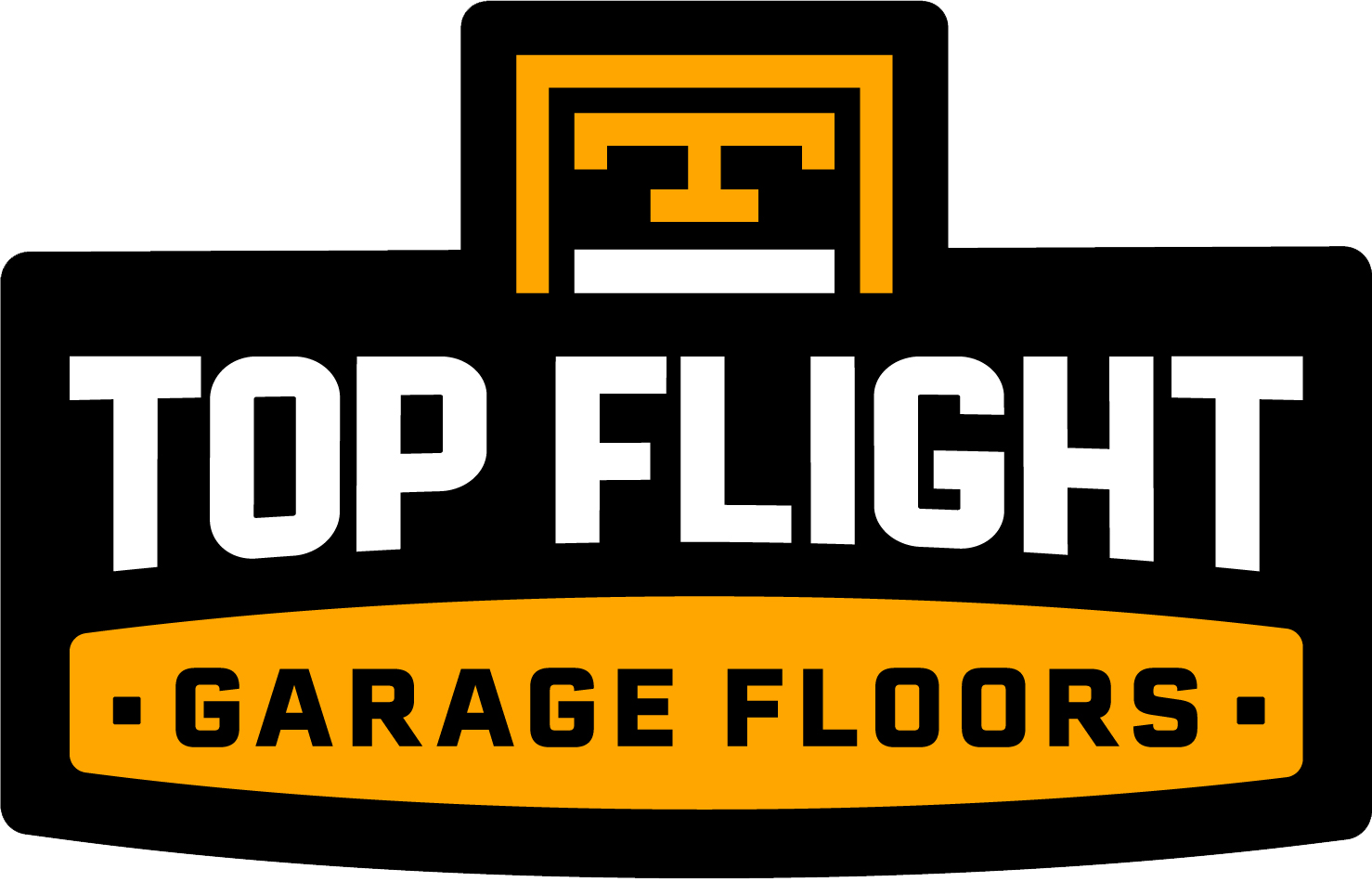Epoxy vs. Polyaspartic Coatings: Choosing the Right Option for Your Garage Floor
Garage floors require a high level of durability, versatility, and visual appeal due to their frequent exposure to various stressors, such as heavy foot traffic, chemicals, and changing temperatures. When it comes to choosing a coating solution for your garage floor, you may find yourself weighing the options between epoxy and polyaspartic coatings. Both types of coatings offer a range of benefits, but understanding their distinct features is crucial in determining the best choice for your specific needs.
In this article, we will provide an in-depth comparison of epoxy and polyaspartic coatings. We will discuss factors such as durability, drying times, resistance to chemicals, and aesthetic qualities, among others. By learning about each coating’s distinct characteristics, you will be better equipped to make an informed decision about the most suitable solution for your garage floor.
Durability and Performance
Both epoxy and polyaspartic coatings offer impressive durability, making them suitable choices for garage floors that require long-lasting protection. However, there are some notable differences between the two when it comes to overall performance.
Epoxy coatings are known for their excellent adhesion, creating a strong bond with the concrete surface. This attribute enables epoxy flooring to resist wear and tear from foot traffic, vehicles, and heavy equipment, ensuring lasting protection for years to come.
Polyaspartic coatings, on the other hand, offer an even higher level of durability, as their chemical composition provides superior resistance to abrasion and impact damage. In addition, polyaspartic coatings are more resistant to UV exposure than epoxy, which can prevent them from yellowing or losing their color over time.
Drying Times and Project Timeline
A significant factor to consider when choosing between epoxy and polyaspartic coatings is the timeframe of your project, as the two types of coatings have different drying times and application processes.
Epoxy coatings generally take longer to cure, typically requiring 24 to 72 hours before the floor can be used again, depending on temperature and humidity. If you have a tight project timeline or cannot afford to have your garage out of service for this duration, epoxy might not be the ideal choice.
On the other hand, polyaspartic coatings offer a much faster curing time, with some products capable of being ready for use within just a few hours. This advantage makes polyaspartic coatings an attractive option for those who need a swift turnaround or for commercial spaces that cannot afford prolonged downtime.
Chemical and Stain Resistance
Garage floors are often exposed to various chemicals, such as oil, gasoline, and other automotive fluids. Therefore, choosing a coating that provides adequate resistance to these substances is crucial.
Epoxy coatings offer good chemical resistance, preventing stains and damage from most common garage substances. Regular cleaning and maintenance will keep your epoxy floor looking its best, even in the presence of chemicals.
On the contrary, polyaspartic coatings provide superior resistance to a more extensive range of chemicals. Their impressive chemical resistance makes them an ideal choice for locations with significant exposure to harsh substances, such as industrial facilities or automotive repair shops.
Aesthetic Characteristics and Customization Options
The appearance of your garage floor may be an essential factor in your decision-making process. Both epoxy and polyaspartic coatings provide many opportunities for customization and creating visually appealing surfaces.
Epoxy coatings offer a wide array of colors, patterns, and finishes, including flake and metallic options. This variety allows you to create a unique and visually striking garage floor that suits your personal style and complements surrounding aesthetics.
Polyaspartic coatings are generally more limited in terms of color options, but they still offer a range of choices that can create an attractive final product. Additionally, polyaspartic coatings tend to have a higher level of gloss than epoxy, giving them a distinctive, shiny appearance that some homeowners find appealing.
Conclusion
Ultimately, the decision between epoxy and polyaspartic coatings for your garage floor will come down to your specific requirements and preferences. Each option has its unique set of benefits and attributes, ranging from durability and performance to aesthetic appeal and customization options.
While epoxy coatings offer excellent adhesion, a broad range of colors and finishes, and reasonable chemical resistance, polyaspartic coatings provide superior durability, faster curing times, and an impressive resistance to a wider range of chemicals.
If you’re still uncertain about the best choice for your garage floor, the professionals at Top Flight Garage Floors are here to help. We will assess your specific needs, budget, and preferences, and provide expert guidance to ensure you make the best decision for your unique space. Contact us today to learn more about our high-quality epoxy and polyaspartic garage floor coating solutions and discover the perfect fit for your garage floor.
